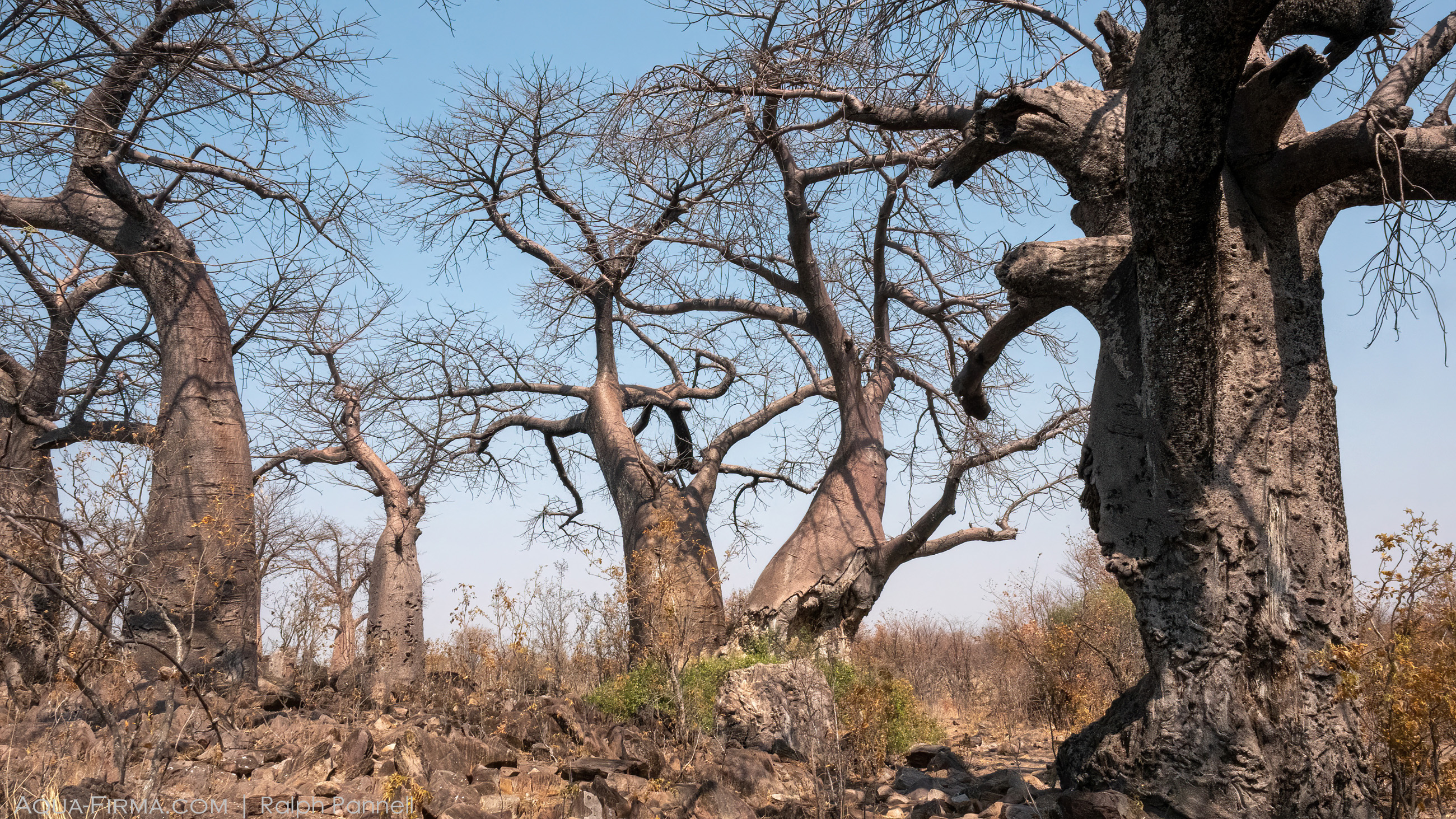Okavango & Chobe Mobile Tented Safaris
Botswana
£3,070
US$4,080
Small Group & Private Safaris
Savuti, or Savute as it is sometimes written, lies in the western part of the Chobe National Park. Savuti's historic source of life is the Savuti Channel - an area which floods and dries through unpredictable movements of subterranean tectonic plates. For years at a time it can create a Garden of Eden for wildlife; and then for decades be a channel of undelivered promise.
For periods when the Savuti Channel fails to support year-round wildlife, a series of artificial water holes have been created which do. Elephants make their presence felt at these drinking points, forcing kudu, impalas and zebras to wait their turn. Displays of force may also be designed to intimidate lions who do sometimes prey on lions in this area.
The open landscape surrounding these water holes provides excellent wildlife viewing, with lions, jackals, lovely bat-eared foxes, hyenas and sometimes African wild dogs all predating in the area.
A geological feature of Savuti which you can't fail to see are its disjointed rocky hills. These emerge abruptly from an otherwise level landscape, providing a haven for animals which include leopards. These leopards use the rocks to survey the landscape below for prey, proving wonderful photographic opportunities when they do.
The Avenue of Baobabs is one of Madagascar's most famous places to visit, but deep inside Savuti, with rarely a visitor in sight, is a wonderful stand of baobabs which we can drive up to and walk about. The Avenue grows on a low rocky rise; and typically for baobabs in wild Africa, they have been targeted as food by elephants which tear away bark and eat into the pithy wood within.

Savuti is a wonderful area to visit, primarily we recommend, as part of a mobile tented safari linking Chobe River with southeastern Okavango.